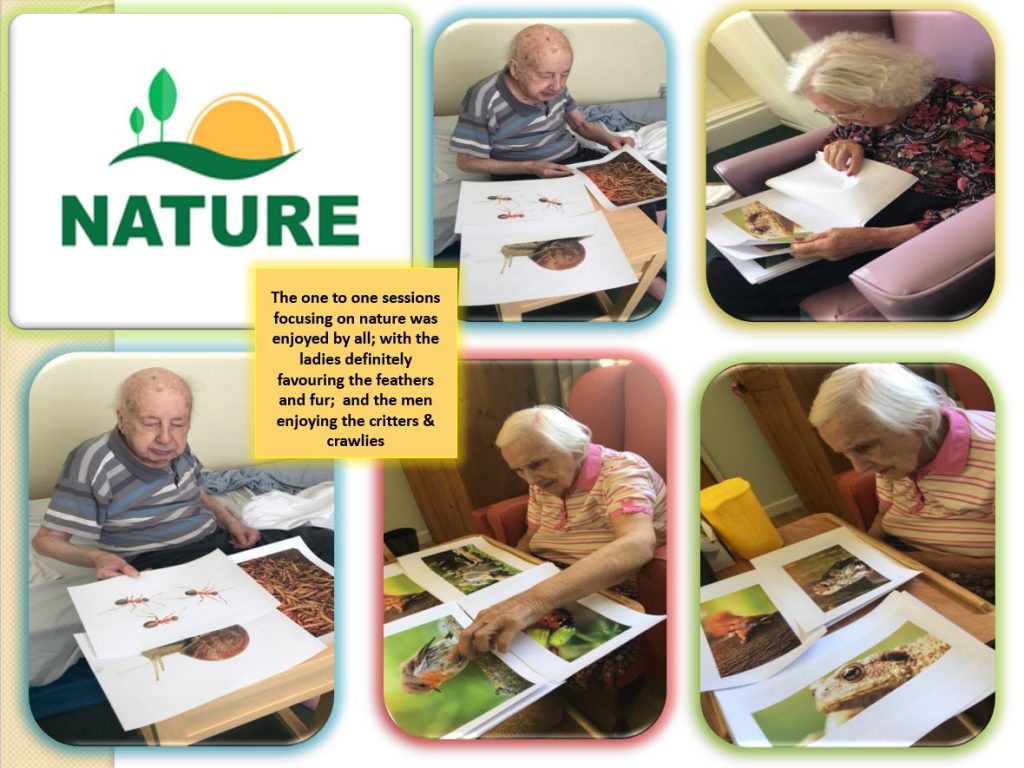The inconclusive result of the recent General Election does little to clarify how the future of social care will look. The delicate balance of power in the House of Commons could mean that difficult and emotive issues around how increasing care needs will be funded get sidelined.
Despite announcements of an additional £2bn over 3 years, the long term issue of how we pay for care is still unresolved. The Association of Directors of Adult Social Services estimates that £20.8bn will be spent on care this year (including service user contributions), a cash rise of 5%. In spite of this they expect that £824m of savings will still be needed. At the same time there are hundreds of empty beds in care homes as commissioning bodies lack the funds to place people with the appropriate care.
Political uncertainty could also mean that it’s harder to make progress with practical challenges such as better integration of health and care services and digital transformation of the care sector.
On the other hand, it could be a golden opportunity to take party politics out of the equation, to build a consensus on the changes that are needed and how they will be delivered and funded. Definitive answers over how much people will be expected to pay for their own care, and in what circumstances, would be welcomed by all.
What do we know?
Whatever happens there are clear trends that will continue. Affordability, efficiency and productivity will be recurring themes as we attempt to deliver more with less.
Delivering more care in people’s own homes is generally seen as a good thing. It is a trend we expect to see continuing – whether that’s domiciliary care visits or live-in care. Domiciliary care is more cost effective and better for many service users if the appropriate support structures are in place.
More imaginative approaches to commissioning that focus not just on hours of care delivered, but also on the support needed to help people live more independently and avoid social isolation are emerging. Shaping services around local needs and commissioning for outcomes rather than activity are still important goals; these aren’t simple but are worth pursuing.
Reshaping services so that there is better integration between health and care professionals is essential. The new CQC inspection framework due to be implemented in the autumn is largely an effort to align inspection criteria and language with health services. This is one step on the route to better integration.
With better integration improved and coordinated discharge planning will reduce delayed transfers and ensure that elderly and vulnerable patients can be safely discharged earlier and at any point in the week, including weekends. Finding ways to include carers and family members more effectively into the care planning process will be critical if we want to make this work consistently.
Affordability will inevitably be a significant driver as local authorities and other commissioning bodies struggle to make the best use of their budgets. Demand may continue to grow faster than budgets and finding solutions won’t be easy.
Generally though, there seems to be a sense of greater realism in the air, particularly over funding. This will hopefully lead to a non-partisan and objective debate about the type of care services we want and how these will be paid for.
What we can say for sure is that the issue is not going to disappear so needs to be addressed to ensure that those reaching their older years have certainty there is a system to support them.







